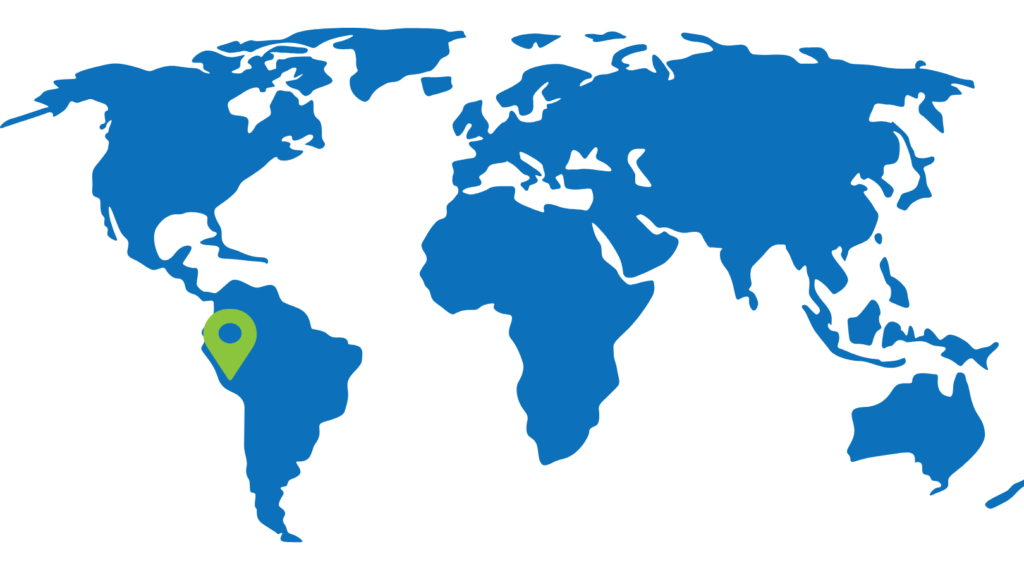On March 27, 2025, Peru enacted Supreme Decree No. 004-2025-MTC, which formalizes the regulatory framework for implementing Legislative Decree No. 1627. This marks a pivotal step in advancing 5G and future-generation telecommunications services across the country. The new regulation introduces a streamlined approach to spectrum allocation, technical coordination, and investment requirements aimed at expediting Peru’s 5G rollout while ensuring equitable access and efficient spectrum use.

A National Push for Next-Gen Connectivity
The regulation’s primary goal is to foster the deployment of public telecommunications services using 5G or higher technologies by creating an efficient, transparent, and investment-oriented spectrum management system. It seeks to improve how the radio spectrum is used and managed, enhance nationwide connectivity, and ensure that consumers across urban and rural areas benefit from high-performance network services.
The framework applies to both domestic and international companies interested in acquiring 5G spectrum through a special assignment process. It also addresses existing license holders who may hold rights in relevant frequency bands, encouraging voluntary participation in spectrum restructuring to free up and consolidate usable blocks.
Regulatory Obligations and Investment Commitments
All companies seeking spectrum under this new regime must commit to Compromisos Obligatorios de Inversión (COI), or mandatory investment commitments. These are designed to align the economic value of the spectrum with public infrastructure goals, such as expanding coverage in underserved areas, improving quality of service, or building additional 5G infrastructure. In some cases, additional commitments—referred to as COI adicionales—may also be required to address specific policy objectives or technical challenges.
Frequency Management and Band Prioritization
Technically, the regulation allows the MTC to select and prepare specific frequency bands for 5G deployment. The 3.5 GHz band—specifically 3300–3400 MHz and 3600–3800 MHz—is currently prioritized as the primary band for 5G services. These bands will be restructured and channeled into contiguous blocks to reduce interference and maximize performance.
Operators already holding spectrum rights in these bands may be subject to a spectrum migration process. This includes consolidating existing assignments or shifting usage to alternative frequencies to ensure optimal band alignment. Migration costs will be shared among participating companies and managed through a fideicomiso (a trust fund), which is legally the reallocation without drawing on public resources. established to finance
Application Criteria and Legal Oversight
To be eligible, companies must demonstrate legal standing to operate telecommunications services in Peru, have experience operating telecom networks (in Peru or abroad), and meet technical and financial thresholds such as existing infrastructure, minimum user bases, and audited financial statements. All participants must also provide a financial guarantee (carta fianza) to secure their commitments and demonstrate the seriousness of their participation.
The regulation also introduces a structured appeals process and defines penalties for noncompliance. If a participant fails to meet its obligations—whether technical, financial, or deployment-related—the government may execute the financial guarantees and revoke the assigned rights. All contract terms, conditions, and investment milestones will be formally codified in concession agreements issued by the MTC.
Future-Proofing Peru’s Spectrum Use
After completing the spectrum assignment process, if any spectrum remains unallocated, the MTC may designate those remaining blocks for private 5G networks, particularly for industrial or specialized use cases. This decision would follow updates to the National Frequency Allocation Plan (PNAF), ensuring that private network usage aligns with national priorities and spectrum efficiency.
The regulation also empowers the MTC to consider alternative tools to facilitate migration or infrastructure development and authorizes the reassignment of additional frequency bands for future use as the technology landscape evolves
For this article’s source information and any product certification guidance, please contact Global Validity.
Quick Country Facts
Peru
Certification Body: Ministry of Transport and Communications (MTC)
Certification Type: Mandatory
License Validity: Indefinite
Application Language: English
Legal License Holder: Manufacturer
In-Country Testing Requirement: Testing Not Required
Access in-depth regulatory knowledge on over 200 countries and territories with Global Validity’s free proprietary product certification management software, Access Manager. Learn more about the platform here or fill our quick contact form!
Global Validity is your partner for global certification success
Want to learn more about regulatory compliance and how we can help? Simply fill out the form below and we’ll be in touch!
